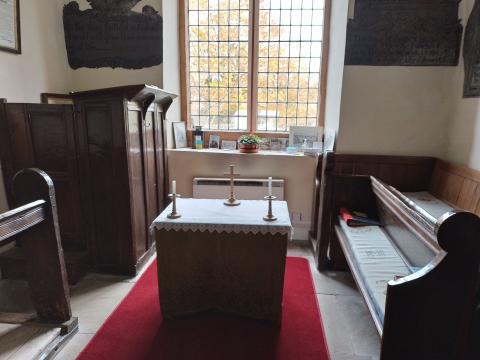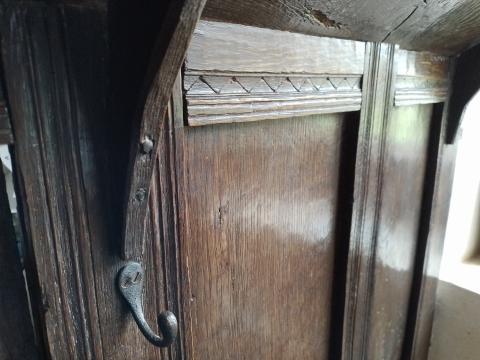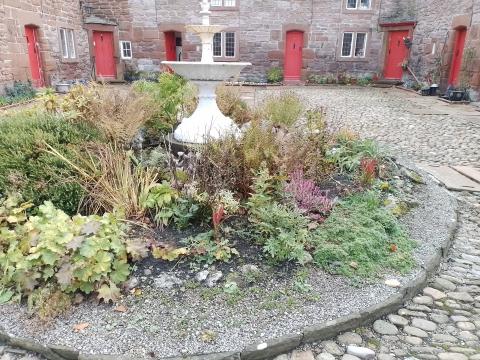St Anne's Hospital Chapel, Appleby

Very few churches date from the Commonwealth period. Most existing parish churches catered perfectly well for a given town or village’s needs, so the occasion to build extra was unusual. Furthermore, the need to buy a place in heaven (or an escape route from purgatory) was diminishing as a century of Protestant gospel preaching was slowly infiltrating the Englishman’s thick skull. Thus, most of our churches are medieval, or Victorian, with not many examples in-between, especially outside London. Church buildings from 1645-1700 are particularly rare, despite the times’ fierce religiosity. Yet this is one of them.

This is St Anne’s Chapel, located at the St Anne’s Almshouses or Hospital at Appleby-in Westmoreland. Dating to 1653, they were built by the twice-widowed Countess of Pembroke, Lady Anne Clifford. Accommodating twelve poor women or widows in addition to a ‘Mother’, they lived rent free on condition that they entertained no male visitors at night (quite proper) and attended the chapel for prayers. To visit this place is to enter a period of history in which the nation was at its most Protestant. Among the heavily varnished, dark wooden benches and pews is an ancient reading desk from which a lengthy sermon would have been preached. Around the window a number of texts and pictorial scenes show the last judgement, the crown of life and the Lamb in His glory. Biblical texts are crammed into the remaining spaces, as well as the Apostle’s Creed and the decalogue. Falling asleep during a dull sermon was not an auditor’s only option; she could meditate upon the texts and ponder the naive paintings.

Lady Clifford may not have been a severe puritan and likely disapproved of much that Cromwell’s radical government decreed, but her plain chapel at Appleby shows that she drank deeply of the times’ godly zeal. A plain chapel surrounding the worshipper with scriptural texts and doctrinal reminders would be my go-to sacred site. I think the current little table with cross is a later addition. This was a place built for psalm singing and Bible reading, for gospel preaching, and godly praying. To many, it is a historical curiosity, a pokey glimpse into another world. To me, it opens a door on old England’s greatness.

- Log in to post comments


 Sunday Worship 10.45am & 6.00pm
Sunday Worship 10.45am & 6.00pm